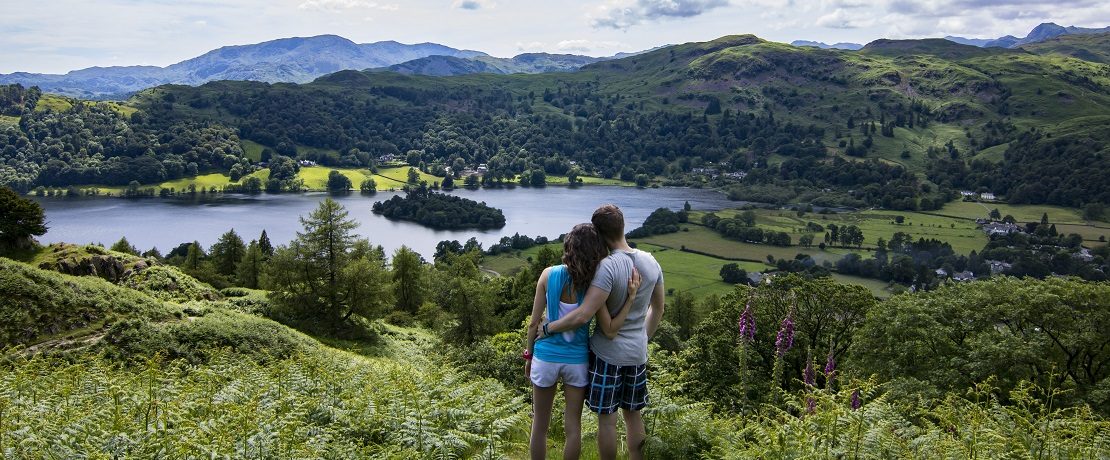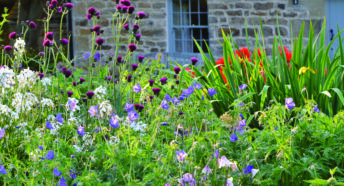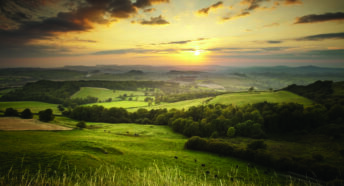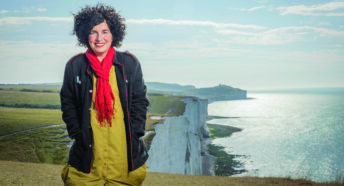In Wordsworth’s footsteps
To mark the 250th anniversary of his birth, we asked leading Wordsworth experts and enthusiasts to reflect on the places that inspired him.
Whether describing fields of wild daffodils or the surprising serenity of a London sunrise, William Wordsworth’s love of the English landscape was immortalised in his poetry. Here we celebrate five places that had a particularly powerful hold on his imagination.
Grasmere, the Lake District
by Helen Mort
My favourite Lake District landscape is the hills that encircle Grasmere. When I was poet-in-residence at the Wordsworth Trust, I loved the freedom of being able to run out into Easedale or up Helm Crag. I often went running at night, and would turn around to see the village lit and flickering with life behind me. It was a very creative landscape for me, as it was for Wordsworth, too: he moved into Dove Cottage with his sister Dorothy in 1799, and wrote many of his best-loved poems there, walking in the same hills or strolling in his fellside garden.
Poet and novelist Dr Helen Mort contributed insights to the planned anniversary exhibition, The Child is Father of the Man, at Wordsworth House and Garden, Cockermouth.
The Quantock Hills, Somerset
by Jonathan Bate
We associate William Wordsworth above all with the Lake District, but one of his greatest sources of inspiration was the Quantock Hills. The gentler landscape of the West Country, in which he walked with his sister Dorothy and fellow poet Samuel Taylor Coleridge, lifted his heart. It’s still possible today to follow in his tracks, on the footpaths that criss-cross the rolling hills of the Quantocks, with a vista spreading all the way to the Bristol Channel and across to Wales. You can still see the ancient thorn trees that led Wordsworth to the writing of one of his greatest poems, ‘The Thorn’.
Professor Sir Jonathan Bate is an academic and novelist. His latest book, Radical Wordsworth: The Poet Who Changed the World (William Collins, £25), is out this April.
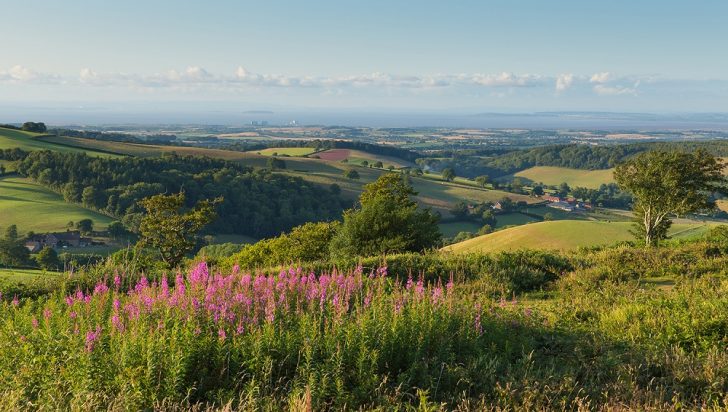
‘Alford’ and Alfoxden Hall, Somerset
by Rommi Smith
Wordsworth’s poetry evokes both literal and metaphorical landscapes. The beautiful, literal landscape of the village of ‘Alford’ [believed to be a misspelling of Holford] and the grounds of Alfoxden Hall – where William and Dorothy Wordsworth lived between 1797 and 1798 – were both poetic inspirations for ‘Lines Written in Early Spring’. Written against the backdrop of conflict and the War of the First Coalition across Europe, in this passionate lament of a poem, we hear Wordsworth’s activist voice, sonorous. Deifying nature, while critiquing what humans have done to each other (and, it can be implied, to the land), Wordsworth composed the poem by the side of a brook in Alford, where an ash tree had fallen.
Poet, playwright and librettist Rommi Smith is a poet-in-residence at the Wordsworth Trust
The Wye Valley, Gloucestershire/Monmouthshire
by Adam Nicolson
The Wye Valley, through which Wordsworth walked in July 1798, is for me the most moving of all his landscapes. Here he wrote (or composed while walking, not writing it down until a day or two later) his poem known as ‘Tintern Abbey’. It is not about the abbey, but the great river that runs past it, its course sewn in and out of the border between Wales and England. Wordsworth identifies his own self with the river, flowing from distant origins, now falling and glittering over a series of weirs, so that as you follow its banks, the noise of each rises to meet you, is alive for a moment, and then sinks away. It is a model of the Wordsworthian mind, where vivid, present reality is framed by something less clearly but more richly seen. Our past flows through us. Self and world fuse. The quiet inwardness of the mountains and the murmuring of the river become indistinguishable from the quiet inwardness of Wordsworth himself.
Writer and presenter Adam Nicolson is the author of The Making of Poetry: Coleridge, the Wordsworths and their Year of Marvels (William Collins, £25).
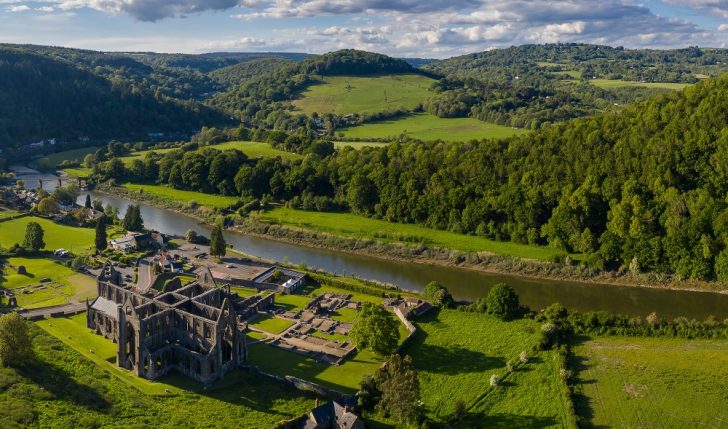
Westminster Bridge, London
by Alexander Lock
Wordsworth’s poem ‘Composed Upon Westminster Bridge, September 3, 1802’ describes the early morning beauty of London and the still of the River Thames viewed from the bridge, with the sun lighting up a scene of silent ‘Ships, towers, domes, theatres, and temples’. It was initially written on the roof of a coach as Wordsworth crossed the river en route to Calais to meet his illegitimate daughter, Caroline. Throughout his life, Wordsworth found solace and inspiration in the natural world. The titles of many of his poems claim them to have been ‘composed’ in the places they describe. This conveys his belief that a poem can represent an emotional response inspired by a specific time and place – an important divergence from the poetry of the time.
Dr Alexander Lock is the curator of the British Library’s anniversary exhibition on William Wordsworth.
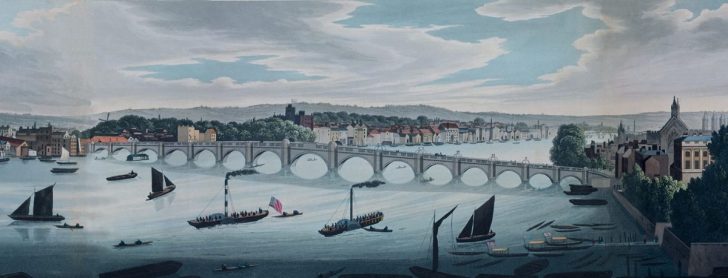
Let us know your favourite Wordsworth landscape on Twitter, Facebook or Instagram!
This article was originally published in CPRE’s award-winning magazine, Countryside Voices. You’ll have Countryside Voices sent to your door three times a year, as well as access to other benefits including discounts on attraction visits and countryside kit from major high street stores, when you join as a CPRE member. Join us now.
